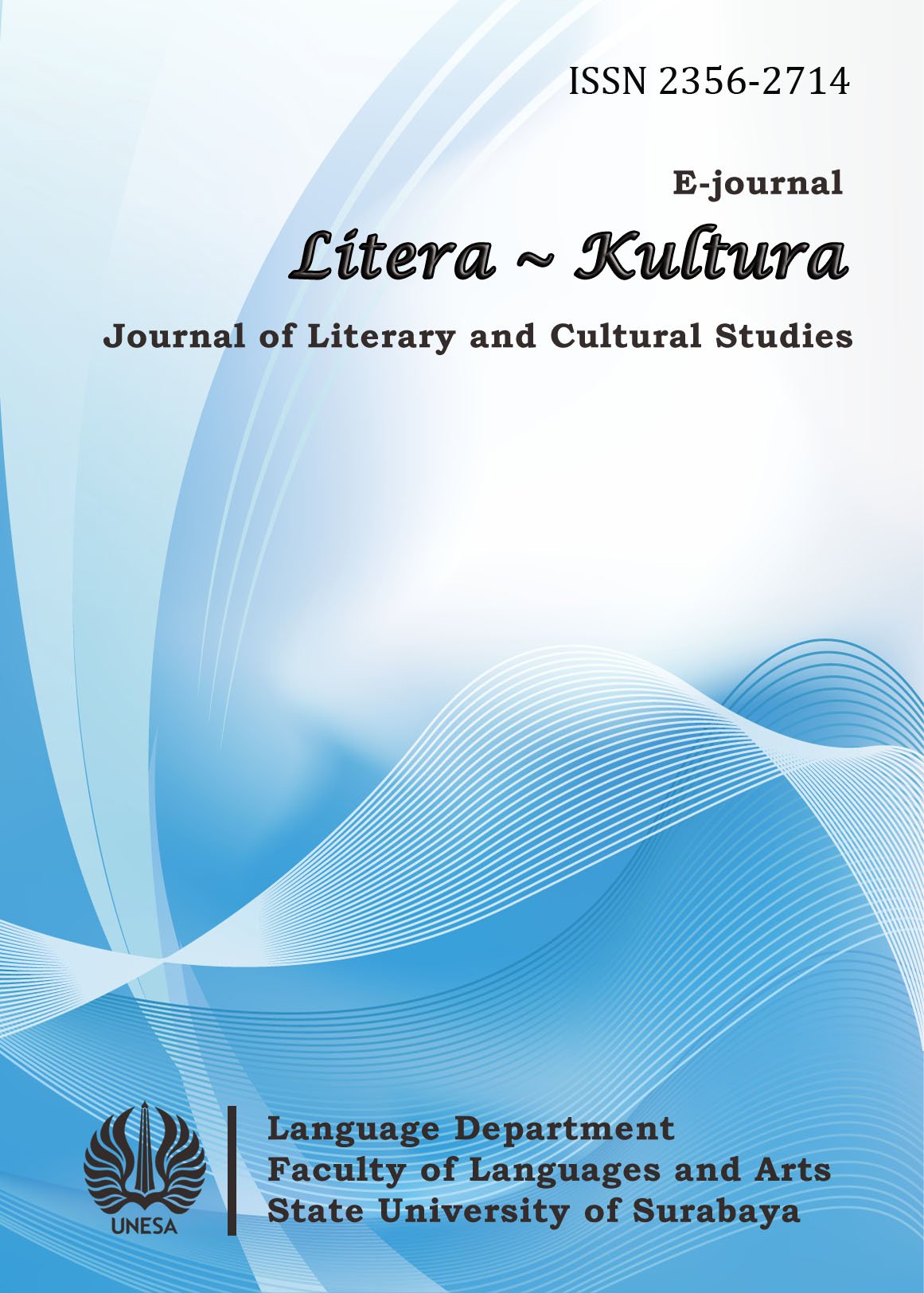Self-explanation Strategy: Supporting Students Critical Thinking in Reading Comprehension for Science Class in Senior High School
Abstract
Abstrak
Belajar melibatkan perpaduan informasi baru ke dalam pengetahuan sebelumnya. Penerapan Self-explanation dapat mempercepat proses integrasi tersebut. Dengan demikian, penelitian ini mengeksplorasi kontribusi strategi Self-explanation untuk teks sains dalam mendukung pemikiran kritis siswa dalam memahami bacaan. Peneliti mengeksplorasi proses pembelajaran dalam membaca Explanation text dengan menggunakan strategi Self-explanation dalam suatu kelas IPA. Ada enam strategi yang dalam Self-explanation: comprehension monitoring, paraphrasing, elaboration, logic or common sense, prediction and bridging inferences. Tiga puluh dua siswa diuji dengan memberikan teks sains untuk mengetahui sebagian besar strategi yang digunakan oleh siswa. Kemudian enam siswa dipilih secara acak untuk diwawancarai setelah penerapan strategi Self-explanation dalam kegiatan membaca siswa.
Hasil menunjukkan bahwa penerapan Self-explanation mendorong siswa untuk berpikir lebih luas di luar text untuk mendapatkan pemahaman bacaan yang mendalam. Ada beberapa hal yang kurang rinci dalam penerapannya. Hal ini kurang sesuai jika dibandingkan dengan teori dalam penelitian sebelumnya. Namun penerapan ini mampu mendukung pemikiran kritis siswa atau disebut sebagai HOTS (High Order Thinking Skill) dalam proses pembelajaran. Selanjutnya, siswa menggunakan pengetahuan sebelumnya madukannya dengan berbagai strategi yakni elaborasi dan inferensi sedangkan sebagian besar siswa menggunakan strategi parafrase, yang masih tergolong dalam pemahaman tingkat rendah dalam memahami teks. Strategi parafrase tidak memerlukan keterampilan untuk menghasilkan inferensi dan menguraikan pengetahuan siswa sebelumnya dengan informasi baru dalam teks.
Kata kunci: strategi pembelajaran, self-explanation strategy, berfikir kritis, explanation text
Abstract
Learning involves the integration of new information into prior knowledge. Generating explanations to oneself or so-called self-explaining accelerates that integration process. Thus, this research explores the contribution of a self-explanation strategy to science text in supporting students critical thinking in reading comprehension. The researcher explores the teaching and learning process of reading explanation text by using a self-explanation strategy in a particular science class. There are six strategies demonstrated in self-explanation: comprehension monitoring, paraphrasing, elaboration, logic or common sense, prediction and bridging inferences. Thirty-two students were examined by giving science text to know most strategies used by students. Then six students were chosen randomly to be interviewed after the implementation of self-explanation strategy in their reading activity.
The findings showed that the implementation of self-explanation encouraged students to think beyond the text to get a deep reading comprehension. There were several missing details in conducting this strategy in the classroom if being compared to the theory in the previous research. However, this implementation was able to support students critical thinking or called as HOTS (High Order Thinking Skill) in the learning process. Further, students with prior knowledge were often varied in using the multiple strategies which are elaboration and inferences whereas most of the students used paraphrasing strategy, low-level comprehension, to understand the text. Paraphrasing strategy did not require a skill to generate inference and elaborate on what the students existing knowledge with new information in the text.
Keywords: reading strategy, self-explanation strategy, supporting critical thinking, explanation text
Downloads
Downloads
Published
How to Cite
Issue
Section
 Abstract views: 176
,
Abstract views: 176
, PDF Downloads: 168
PDF Downloads: 168


